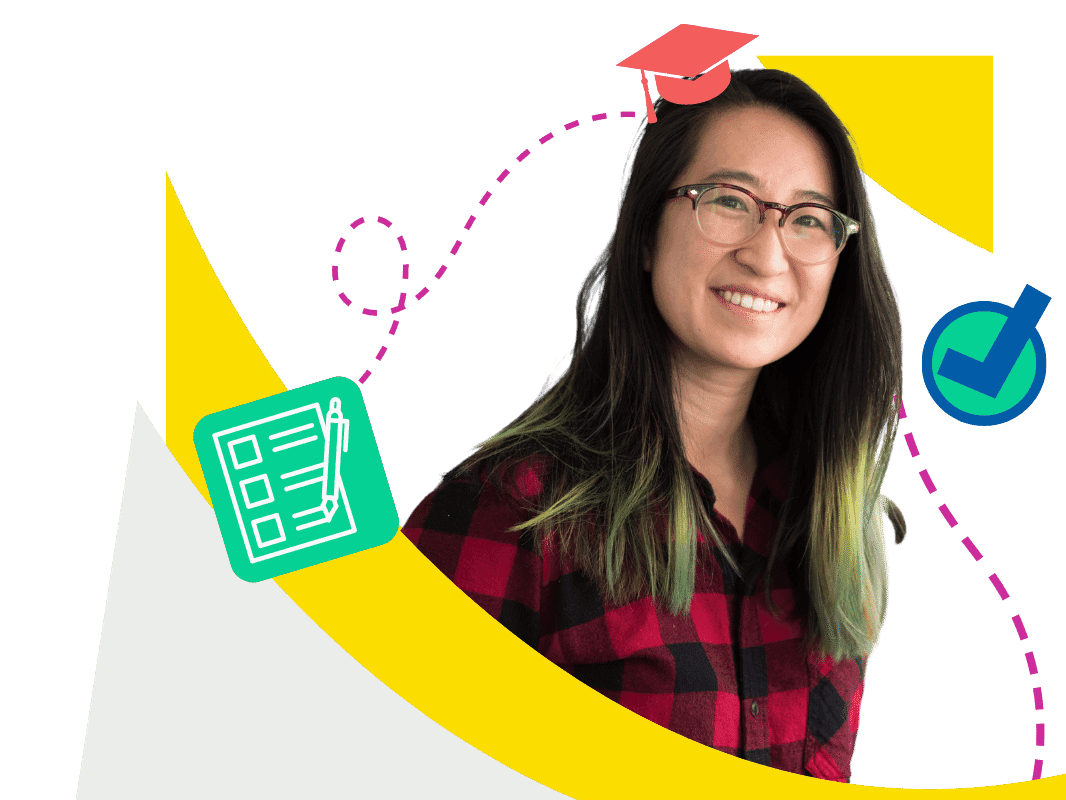
To qualify for alternative certification, you’ll need to:

The teaching certificate you earn will depend on the subject and grade level you want to teach. Your state Department of Education can tell you your teaching certificate options.
Some states require alternative certification candidates to teach a shortage area subject, like math, science or special education. Check with your state Department of Education to find out if this is a requirement!

Look for teaching programs that offer specific programs for alternative certification teacher candidates.
Some programs have you apply for teaching jobs before you apply to the program itself. In this case, look for jobs in a school district that partners with your desired teaching program. Check with your program to make sure you understand their processes and where you should apply for jobs.

Your teaching program may be able to help you with this step! Your teaching job must be in the same grade level and subject area that you plan to teach once you’re fully certified.
You may find a job more quickly if you plan to teach a critical need or shortage area subject, like math, science, bilingual education or special education!

Once you’ve been accepted into a teaching program and secured a job, it’s time to apply for your official alternative teaching certificate from the state. Depending on your state, your program or school district may apply on your behalf.
Your state Department of Education will approve and issue your certificate.

Congratulations! You're on your way to a new career that makes a big difference.

Not ready to start just yet? Sometimes it helps to talk to an expert.
TEACH offers free career coaching in each of our partner regions, so you can ask all your questions and take your next steps with confidence. Learn more, or get ideas on how to connect with teachers in your state.
Find out how you can earn your teaching certificate and a salary at the same time.
